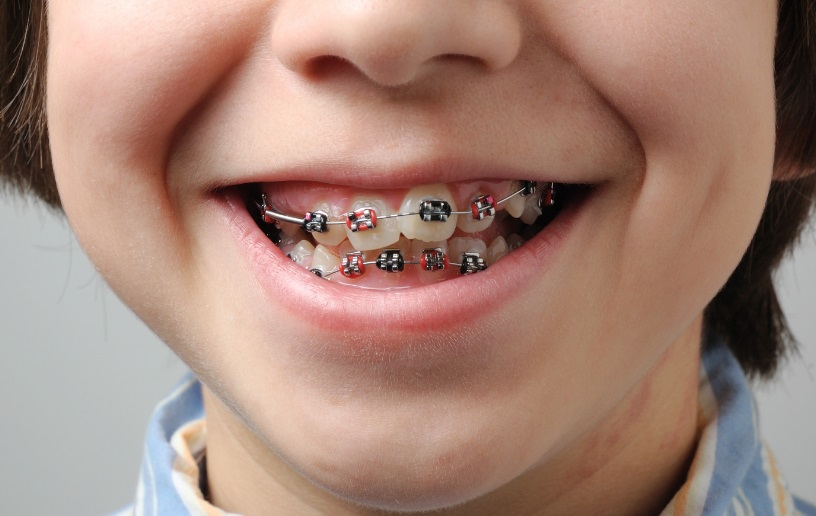The Danger of DIY Dental Braces You can Found in the Market

Everyone is looking for ways to save money. Social media showing teenagers and adults straightening their teeth become popular in recent days. DIY projects are easy and helpful in many ways however, this method may work for learning to weave or decorate the home, straightening your teeth should not be on that list.
What are DIY braces?
DIY braces as the name suggests are do-it-yourself braces available widely in the market for consumers to use on their own without any formal consultation from a certified orthodontist. DIY braces may consist of a piece of bent wire fastened to the teeth with rubber bands and brackets, and/or over-the-counter plastic trays. They are widely available in the stores and can be purchased from beauty salons and street sellers and are not fitted by an orthodontist or other dental specialist. This way of getting braces on your own is not a smart or healthy idea.
Harmful effects of DIY Braces
Struggling to straighten the teeth on your own may lead to plenty of issues, including irreversible tooth damage and other disastrous effects. Orthodontic therapy is about more than just fixing the teeth. It entails controlling how the teeth move in relation to the gums and bones. As a result, it must be approached with caution and a great deal of expert consideration.
Everyone desires to have a gorgeous smile, but the hazards associated with DIY braces are not worth it. Here are a few probable DIY braces side effects:
- Foreign materials in the mouth can bring germs into the body, therefore DIY braces can cause serious infections. You also run the danger of ripping the gums, which may not heal correctly, and get infected.
- Ill-fitted DIY braces when kept in your mouth for an extended period can destruct the bone and gums by applying unequal pressure. Unnecessary pressure directs the teeth in undesirable ways, cuts of supply of nutrition, and irreversibly destroys the underlying bone components.
- Most DIY braces only treat a section of your mouth\’s teeth. The issue is that while these close the gaps, other teeth migrate further apart, altering the way the teeth connect and your bite. If other teeth are not supported, they might become unstable and migrate, altering how you eat and talk.
- When the tooth does not get enough support from the braces it will ultimately wiggle out of the socket and fall out, resulting in a more expensive repair.
- You probably have no command over the movement of your teeth if you use these DIY procedures. This rapid, unregulated shift is likely to cause the teeth to return to their original position much faster than it took you to shift them in the first place.
Why professional consultation is necessary?
Professionally consultation is mandatory before getting orthodontic treatment. An orthodontist will examine your teeth and gums to identify the best course of action for straightening your teeth safely. Extra-oral and intra-oral examination, a review of your dental records, intra-oral and extra-oral photographs, panoramic and/or cephalometric X-rays, and impressions to make models of your teeth and bite are all common procedures that an orthodontist will perform before executing your patient-centered treatment plan.
By creating a comprehensive treatment plan, you can guarantee that the straightening procedure leaves your mouth in better, not worse, shape. Replacing teeth that have been damaged or lost is expensive, and it is not worth the risk to save a little money now. Protecting and investing in your healthy smile is just as important to your overall health as having a healthy heart.



